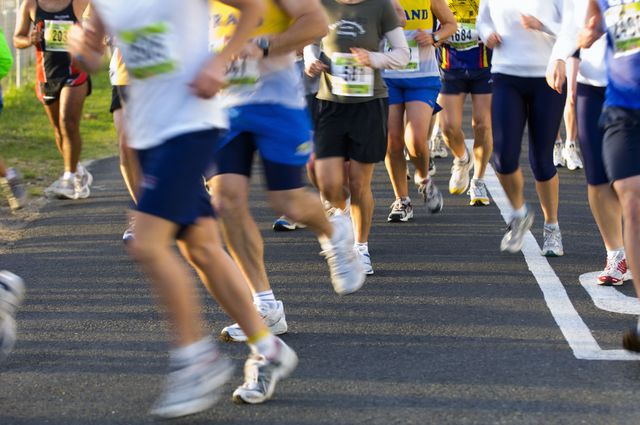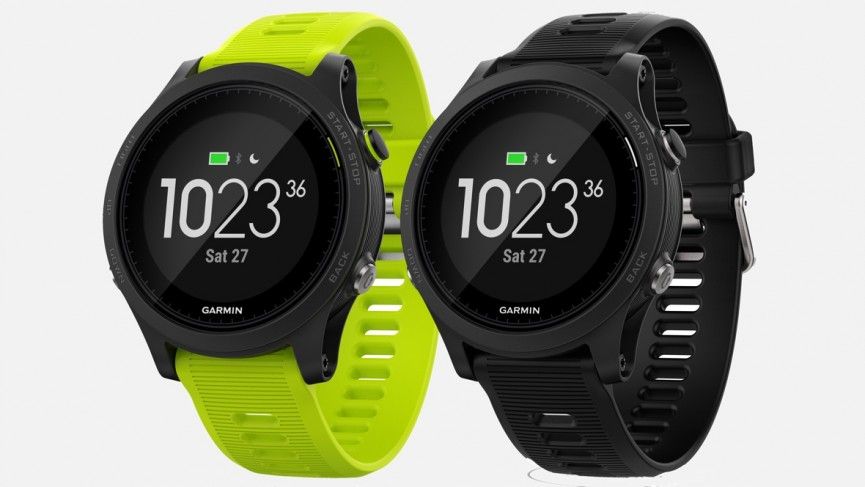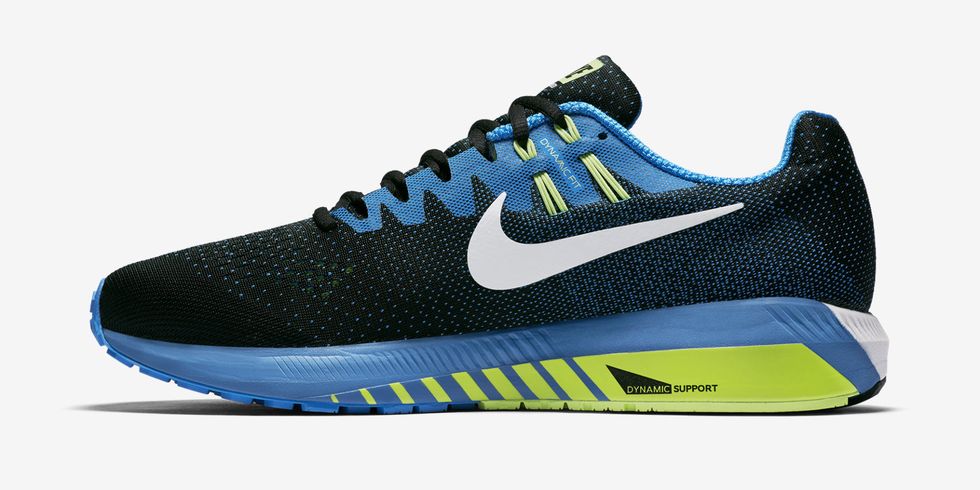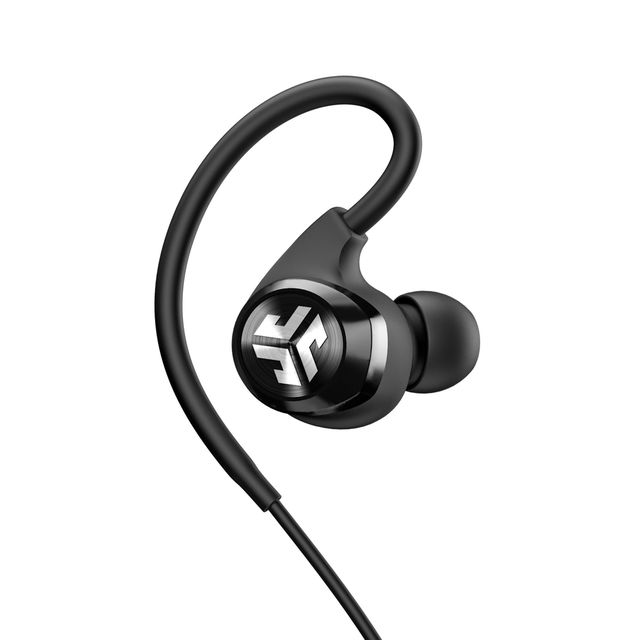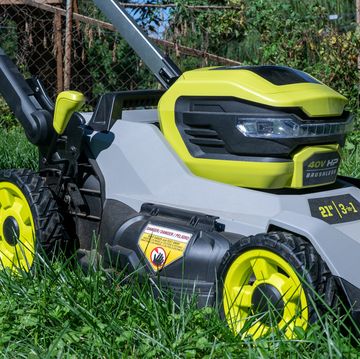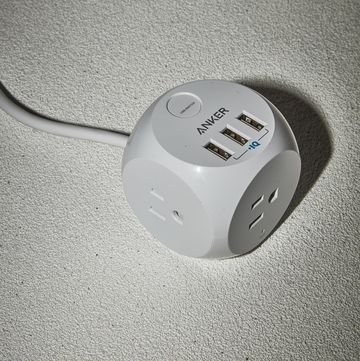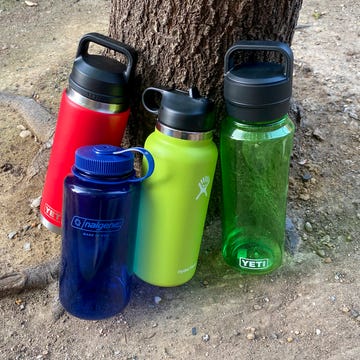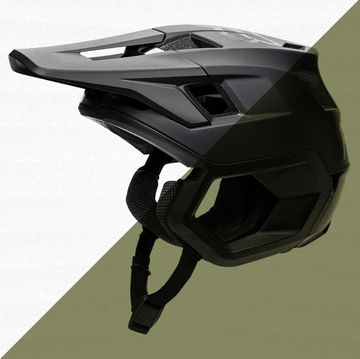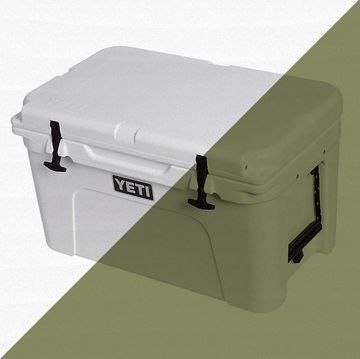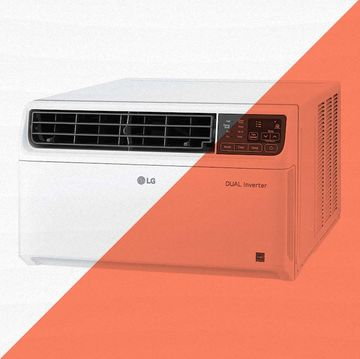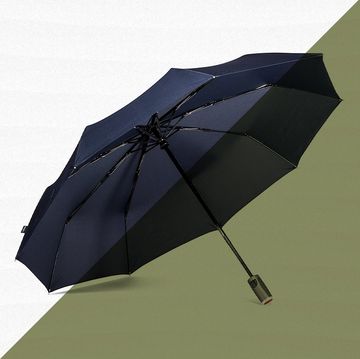Five years ago, when I started my own private couch-to-5K program to get in running shape for once in my life, all I really needed was a half-decent pair of running shoes and enough willpower to keep hitting the treadmill. Not so when I decided to tackle the half marathon. Trainers will tell you that if you can run the 3.1 miles of 5k, then you can run the 13.1 miles of a half marathon, and they're right. But it's a daunting endeavor best undertaken with the right stuff.
This past Saturday morning I dragged my exhausted body over the Coney Island finish line of the Brooklyn Half, and this is all the stuff that got me there.
Data Tracking
Distance running is a data-rich activity. Even simple tracking devices and apps can monitor your pace, your splits (how fast you ran each mile of a jog), your elevation changes, and more.
To get started, I downloaded with the freemium Runkeeper app (iTunes, Google Play). Like lots of fitness apps, it has a paid premium version for people who need all the numbers, but if you're just tracking your progress toward a race like the half marathon, the free app will do just fine. Tap start and it uses the phone's GPS to track you. Hit stop when you're done and it generates the map of your journey, and the basic statistics about your run.
Plenty of fitness-tracking phone apps contain the same basic features. My advice: Choose one and stick with it. The good thing about Runkeeper is that it becomes a log of your progress over the weeks and months, showing you how many miles you're logged in a particular month and even notifying you when a pair of shoes has reached its 250-mile lifespan. The bad part is all the data is trapped within Runkeeper, so if you jump to a new app, your history doesn't jump with you.
Here's another downside to phone apps: If you want the data while you're running, then you have to look at your phone. And so, somewhat reluctantly, I tried a smartwatch: the Garmin Forerunner 935 Multisport GPS Watch. Like the name suggests, the Forerunner tracks not only runs but also bike rides, swims, and other athletic activities. Technologically, it's light years ahead of the basic Forerunner 15 watch I reviewed back in 2014. Where that device required a chest strap to monitor your heart rate (an accessory my fiancé laughed at the first time I put it on), the 935 like many modern smartwatches can get your beats per minute right from your wrist.
As a default, the Garmin displays your overall time, distance, and most importantly, your pace. When you're a beginner distance runner it's deceptively easy to lose track of exactly how fast you're running over the course of many miles. Knowing with one glance at the wrist that you're trucking along at a 8:45-minute mile—and it's going to need to be more like a consistent 9:30 to have enough juice for 13.1 miles—is a godsend. Phone apps can give audio updates into your headphones, but they're basic and infrequent, and looking at your phone for data is a lousy option, and with just a push of a button you can see your realtime heart rate as well.
If you need even more data, Garmin goes beyond the wrist. You can sync Forerunner to your phone with the Connect app, which stores and displays your data in helpful charts. Garmin's Running Dynamics Pod, which looks like a bright green bean that clips to your shorts, also records extra data about running posture. Use it alongside the typical running data in the app, and you'll see charts depicting your cadence, vertical oscillation, and more advanced metrics. It's a complete picture of you as a runner—synthesized into streams of data.
Head to Toe
When I decided to transition from run-hater to runner, I did so with a pair of Saucony Ignition 4s—the kind of utterly affordable, perfectly serviceable running shoes you're likely to find for $50 at your local sporting goods store. They were more than sufficient, and when they eventually wore down I replaced them with a similar pair of Saucony Cohesion 10s. But I don't have a perfect running stride (and I was a noob afraid of the rigors of running 13.1), so I went looking for some help before the Half.
New York's Paragon Sports watched me jog on a treadmill while recording my stride. This basic coaching can be critical for your first distance run—it took only 30 seconds to diagnose my slight overpronation and tendency to run too upright. So I needed a shoe built for stability, finally ending my shoe search with the Nike Air Zoom Structure 20. (Check our full article about pronation and how to pick a good running shoe.)
But even with the right shoes, training still proved more and more challenging. After a few months, stretching my runs from 5 or 6 miles out to 10 miles, I discovered I run harder on one knee and developed a serious pain that I feared would be my undoing. To help alleviate the pain, I picked up the Zamst JK-Band for knee support. Less intrusive than a knee-covering brace, the strap wraps below the knee for extra stability for people with patella tendonitis. I wouldn't have finished the half marathon without it and REI's Superfeet Premium Insoles for reducing wear on my heels.
But the best money you can spend during your training, however, might just be on a $12 pair of Balega Hidden Comfort socks. Aside from wicking moisture during your run, they're just so damn comfortable. Fancy shirts are great (like the excellent Adidas Climacool). Technical shorts aren't a bad idea (though I most often train in a $10 pair from Marshall's). And you'll want to protect your face in bad weather. But the socks are vital for long distance running. You're going to put your feet through hell, so make sure you treat them well.
Rocking Out
Bluetooth earbuds aren't horrendously terrible anymore, and it may be runners who have benefited the most. Unless wrapped carefully, a wire can become a hazard, whether you're on a long distance run or just training on the treadmill. I had the extra problem of a worn-out jack on my iPhone (and some of you might have the problem of no jack at all). At first I resisted the wireless audio revolution, but after testing them as a running accessory, I'm now a dedicated convert—just sync and forget it.
I trained and ran the Brooklyn Half with the JLab Audio Epic2. The buds take a second to secure inside your ears at first, but you'll soon get used to putting them in, and they rest more securely than cheap earbuds. The JLab Audio headphones deliver great sound quality, but don't block so much outside noise that you're not aware of your surroundings. My biggest problem has been a feature of all bluetooth sets—remembering to power them down at a run's end. But with a 12-hour battery (and some smart charging preparation), you won't be stranded on a tuneless half-marathon.
Although all this gear makes running easier and safer, there isn't a perfect solution for storing your crap. My running travel kit—phone, keys, credit card, and subway pass in case of emergency—live in the Amphipod SmartView Sumo armband. But any arm pack is a bit jarring if you've never used one before, partly because weight and asymmetry. You can also try wearing a pack over your lower back, but the answer will likely come down to personal preference. Try them both on at the store, because either option is better than your phone bouncing around in your pocket.
Slimming Down
If your main goal is to simply lose weight, long distance running isn't the best way to go about it. There are many ways to burn more calories with less wear and tear on your joints than training and running a half-marathon. Also running a ton tends to make you hungry, and there's no better way to wipe out the good you just did than by a devouring a 1,000-calorie "I deserve this" burrito.
But running can be easily incorporated running into an overall weight-loss self-improvement scheme. If you're going to do this, let me recommend pairing it with a calorie-tracking app like Lose It (iTunes, Google Play).
The biggest benefit of keeping count is the observer effect: You're less apt to pig out if you have to be honest with your phone about how much you just ate, and more likely to be conscious of what a 2,000-calorie diet actually looks like. If you're running a lot and getting calorie-burn estimates from a fitness tracker or a phone app, the same sort of self-honesty applies. (You'll see whether you really earned those extra beers, right there in stark mathematics.) Of course, it's not just about watching your waistline. Tracking food intake can keep you understand your overall nutritional picture and keep you on track to check this one off your bucket list.
So...ready to start training? We'll see you at the starting line.

Andrew's from Nebraska. His work has also appeared in Discover, The Awl, Scientific American, Mental Floss, Playboy, and elsewhere. He lives in Brooklyn with two cats and a snake.
